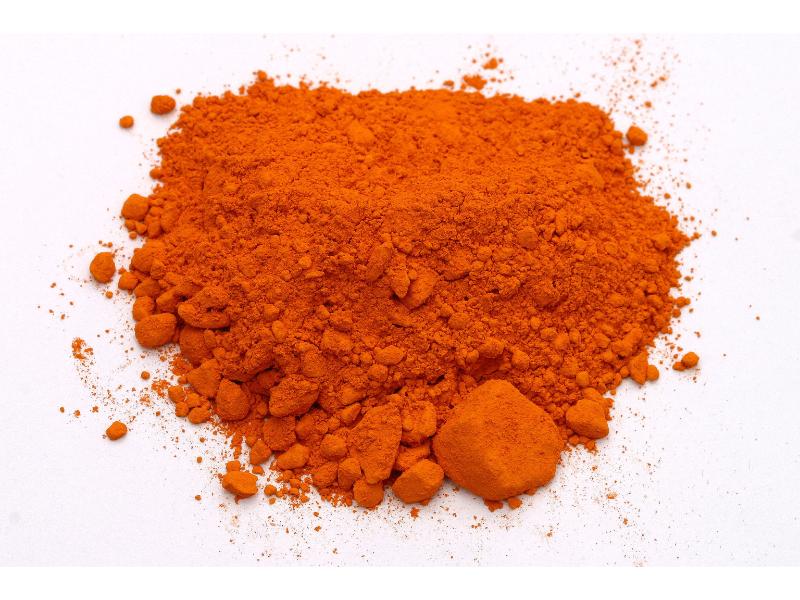Search in medicinals
Realgar
Realgar
雄黄 〔雄黃〕 xióng huáng

Alternate Chinese names: 金黄石 jīn huáng shí; 天阳石 tiān yáng shí; 黄石 huáng shí; 鸡冠石 jī guān shí; 石黄 shí huáng; 雄黄粉 xióng huáng fěn
Kingdom: Mineral
Origin in PRC Pharmacopoeia: Mineral containing compounds of arsenic sulfides, AsS or As₂S₂. (PRC Pharmacopoeia)
Use: Medicinal
Category: External-use agents / Toxin-attacking, worm-killing, and itch-relieving agents
Properties: Acrid, bitter; warm; toxic. (Some sources say that it is balanced, not warm.)
Channel entry: Heart, stomach, and liver channels. (some sources list lung or large intestine channel. stomach is not included in all sources.)
Actions and indications:
- Resolves toxin: Swollen welling-abscesses; clove sores; eczema; scab and lichen;
snakebite s and insect stings and bites. - Kills worms: Abdominal pain from worm accumulation.
- Additional uses: Xióng huáng drains dampness and dispels phlegm, and also interrupts malaria. It may be used to treat wheezing and panting, malarial disease, and fright wind or epilepsy.
Dosage and method: Topical: Using the powdered form, sprinkle on the affected area or apply mixed with sesame oil. Oral: Take as a powder or in pills, in doses of 0.15–0.30g at per time.
Warnings: Xióng huáng is toxic, so it should not be used in excessive doses and should not be taken over a prolonged period of time. It is contraindicated in pregnancy. Externally, it should neither be used over large areas nor continuously over a long period of time. Xióng huáng should not be calcined.
Product description: This is a heavy brittle orange to red crystalline mineral essentially comprising arsenic sulfide (AsS). Brightly colored semi-translucent realgar is called lucid realgar (míng xióng 明雄 or yāo huáng 腰黄).
Quality: Soft, brittle, red realgar that comes in large lumps is the best.
Production area: Húnán, Guìzhōu.
Etymology: 雄黄 (xióng huáng), literally male yellow,
reflects the color of this item and the belief that it is found on the sunny (yáng, male) side of the mountain.
See: Cī huáng (雌黄 Auripigmentum , orpiment)
Back to search result Previous Next